I have a random graph of 10 nodes (possibly there can be more than 1000 nodes). I have write the following code.
g <- erdos.renyi.game(10,1,type = "gnp",directed = FALSE)
degree(g)
[1] 9 9 9 9 9 9 9 9 9 9
The network diagram is as follows.

Now, I want to make a change that every node must have 6 degree. Put simply, Degree of every node must be 6, neither more than 6 nor less than 6.